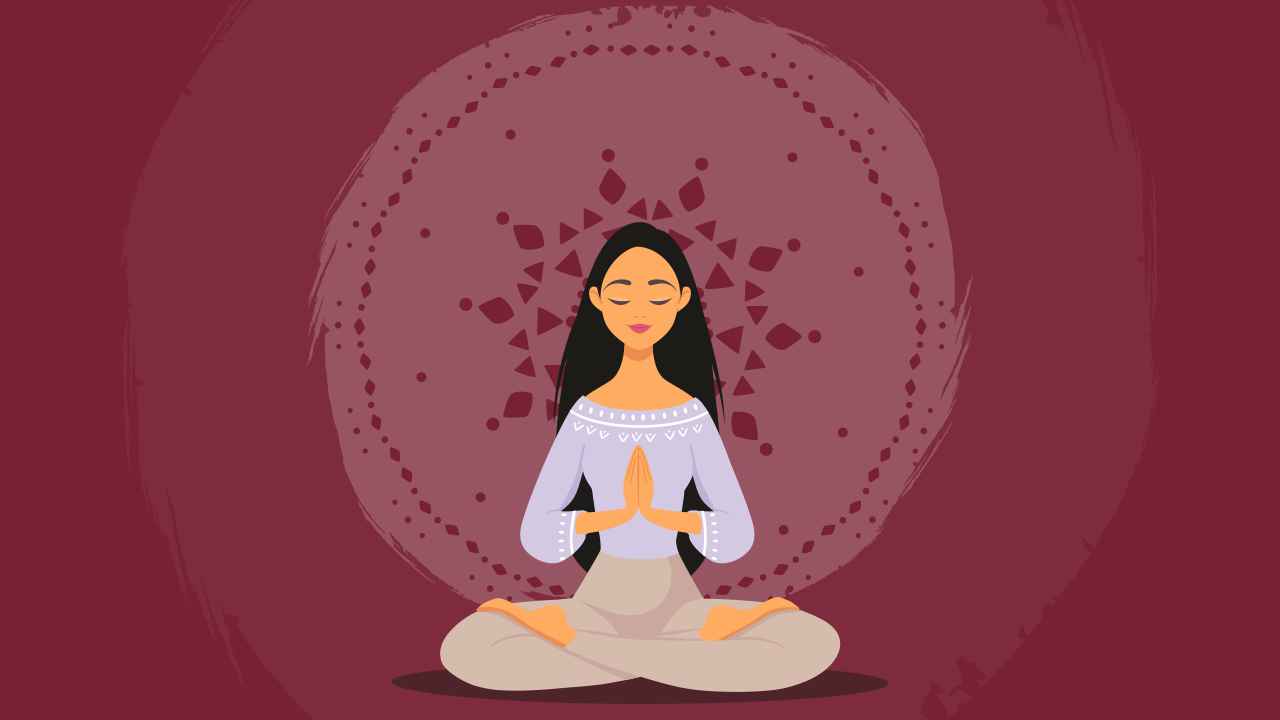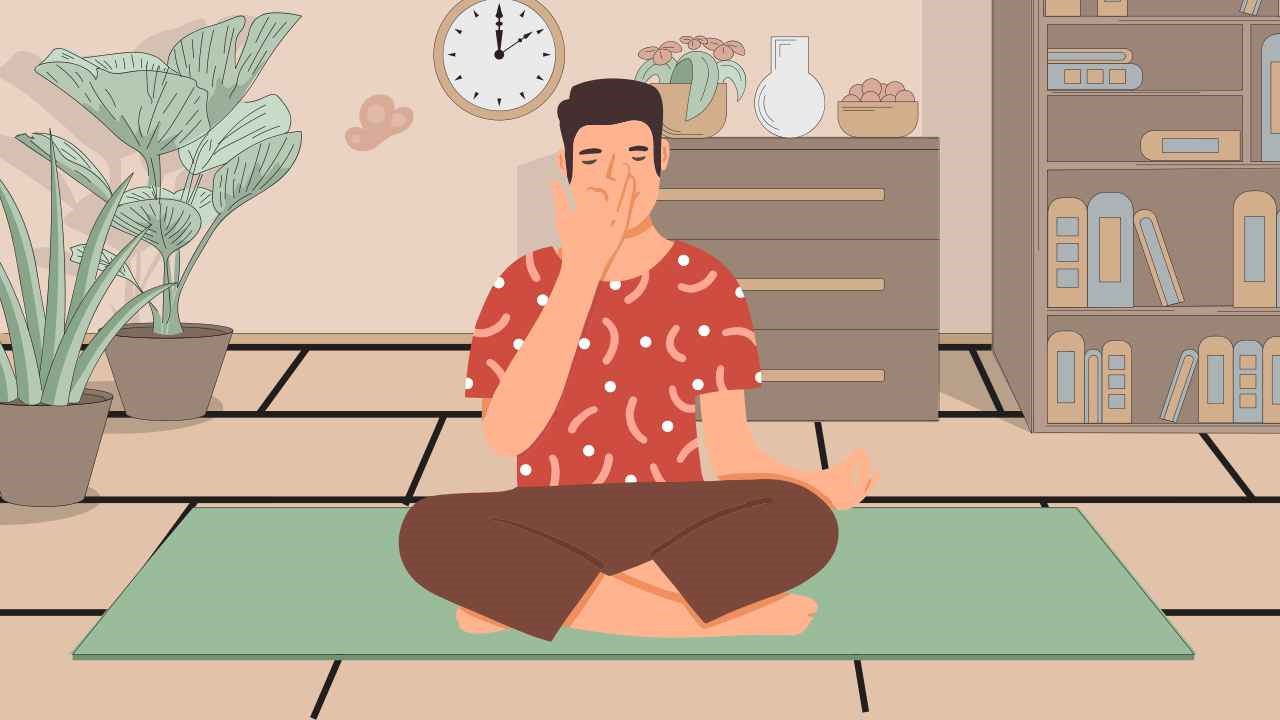
What is the Significance of Namaste?

There is a good chance that you have heard the term Namaste (nah-mas-tay) if you have ever attended a yoga session. Typically, the teacher will say the word to their students at the start and end of a session, and it will be accompanied by a prayer hand posture. The teacher initiates the Namaste as a mark of gratitude and respect for the students and their own teachers. In turn, the students are invited to connect with their lineage, letting the truth flow, and celebrating the life force that connects all beings.
While many of us have a broad idea about what the phrase is and what it means in India, very few people in the western world understand its meaning and usage in Indian society. Namaste is more than just a word that you hear at the start and end of a yoga session.
Also read: What Is the Difference between Yoga and Meditation?
What does Namaste actually mean?
Namaste or Namaskara is the traditional Indian practice of respectfully greeting or welcoming another person or group at any part of the day. It gives the practitioner an attitude of devotion and gratitude. The essential meaning of Namaste may be determined by looking at the origin of the word.
The word Namaste comes from the Sanskrit language and can be divided into two parts; Namas meaning bowing or obeisance, which symbolizes surrendering an individual’s ego, and Te means you. So, when translated to English, the phrase means “Bowing to you”
In this situation, the individual regards the person whom they are greeting as an equal. Namaste’s origins are in the realization of the divine life that dwells within the other person, as well as the reduction of the greeter’s ego. This gesture attracts the divine consciousness and increases the spiritual force. It shows respect for the person you are talking to regardless of age or gender.
Although the term Namaste is used often, it is not a superficial greeting, but a deeply spiritual one. So, in a spiritual sense, the greeter’s soul honors the recipient’s soul. The greeter honors the place where the recipient’s entire universe resides. They seek light, love, truth, beauty, and peace within the recipient and they acknowledge the same in themselves. So, by sharing these things, they are united.
What does the Namaste gesture signify?
The term Namaste is usually spoken with a slight bow and hands pressed together. Your palms and fingers touch and point upwards and the thumbs are close to your chest. This gesture is called Anjali Mudra or prayer hand posture. The word Anjali means to offer or to salute, and Mudra means gesture or action. So, both the phrase and gesture perfectly match the multifaceted meaning of Namaste/Namaskar.
The Anjali Mudra has a lot of acupressure benefits. When a person practices this gesture, they unintentionally activate all the important nerve endings and vital points in their palms, which help to enhance and balance hormonal secretions in the body
This is a very useful therapeutic action that can aid numerous bodily systems and balance a variety of irregularities and hormonal secretions.
This gesture can also be found in various yoga asanas in addition to being used at the beginning and end of a yoga session.
How to perform the Namaste gesture?
You may perform the Namaste gesture by placing your hands together at your heart chakra, closing your eyes, and bowing your head. Another way to execute this gesture is by joining your hands together at your third eye, which is known as the seat of intuition and is located at the center of your forehead. You may bow your head and then bring your hands down to your heart chakra.
By joining your hands together at the heart chakra, you increase the flow of divine love. Your mind surrenders to the divine in the heart by bowing the head and closing the eyes. Namaste can also be used as a meditation technique to travel deeper inside the heart chakra. Moreover, it is a wonderful meditation technique when done with someone else. Namaste should especially be done at the end of a session as the mind is less active, and the energy in the room is more serene during this period.
Namaste is a symbol of purity and positivity. Although it is an age-old practice, it is still widely practiced in Indian culture as well as across various schools of yoga exercises around the world.














